Entry Category: Civil Rights and Social Change
Davis, Lovett (Lynching of)
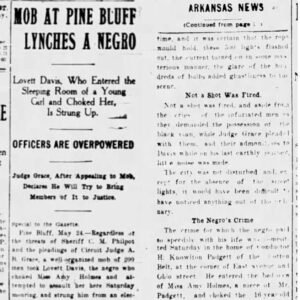 Lovett Davis Lynching Article
Lovett Davis Lynching Article
Dawson, Ethel Beatrice Ross
 Deaf Mute Institute
Deaf Mute Institute
 Deaf School Students
Deaf School Students
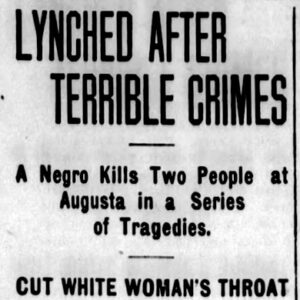 Arthur Dean Lynching Article
Arthur Dean Lynching Article
Dean, Arthur (Lynching of)
Decatur Strike of 1951
 Def Leppard with Students from Arkansas School for the Deaf
Def Leppard with Students from Arkansas School for the Deaf
Delta Civil Rights Legacy Trail
Des Arc Schools, Desegregation of
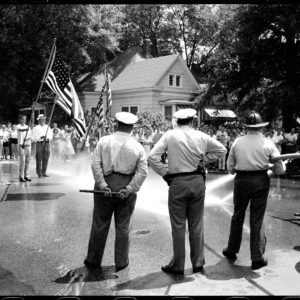 Desegregation Protest
Desegregation Protest
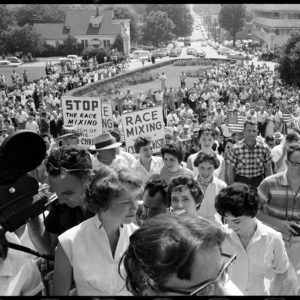 Desegregation Protest at Capitol
Desegregation Protest at Capitol
 Desegregation Protest at Capitol
Desegregation Protest at Capitol
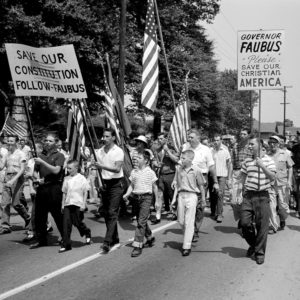 Desegregation Protest March
Desegregation Protest March
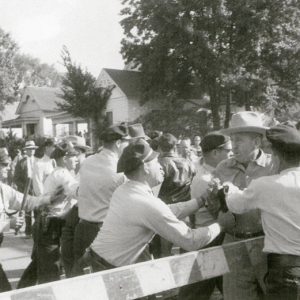 Desegregation Protesters
Desegregation Protesters
 Devil's Knot
Devil's Knot
Devoe and Huntley (Lynching of)
aka: Huntley and Devoe (Lynching of)
DeWitt Lynching of 1891
Dillard (Lynching of)
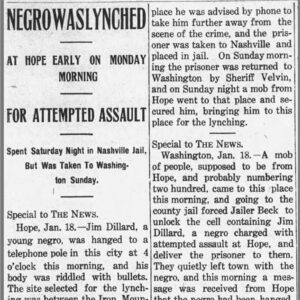 "Jim" Dillard Lynching Article
"Jim" Dillard Lynching Article
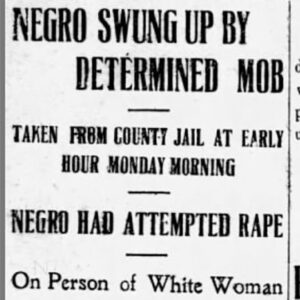 "Tom" Dillard Lynching Article
"Tom" Dillard Lynching Article
Disability Issues
Dodd, Frank (Lynching of)
 Dodd Lynching Article
Dodd Lynching Article
Donnelly, Robert (Lynching of)
Dove v. Parham
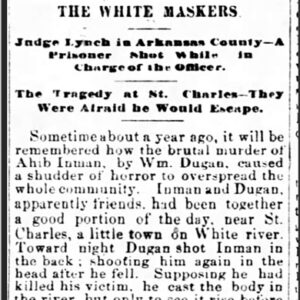 William Dugan Lynching Article
William Dugan Lynching Article
Dumas (Lynching of)
 Dumas Lynching Article
Dumas Lynching Article
Dumas Race Riot of 1920
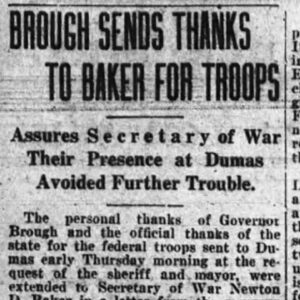 Dumas Race Riot of 1920 Article
Dumas Race Riot of 1920 Article
 Dumas Race Riot of 1920 Article
Dumas Race Riot of 1920 Article
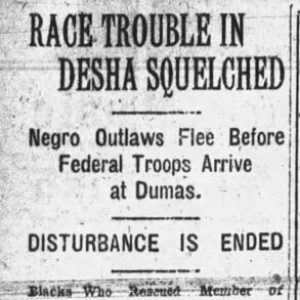 Dumas Race Riot of 1920 Article
Dumas Race Riot of 1920 Article
 Dumas Race Riot of 1920 Article
Dumas Race Riot of 1920 Article
Earle Race Riot of 1970
 Eckford Bench
Eckford Bench
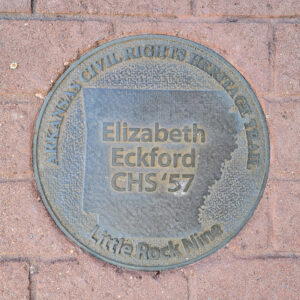 Eckford Marker
Eckford Marker
 Elizabeth Eckford
Elizabeth Eckford
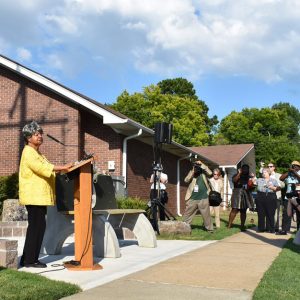 Elizabeth Eckford
Elizabeth Eckford
Eckford, Elizabeth Ann
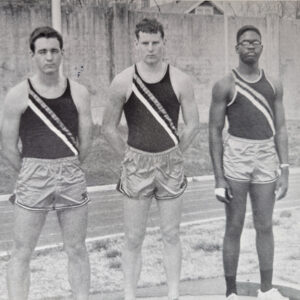 Ed Whitfield in High School
Ed Whitfield in High School
Edmondson Home and Improvement Company v. Harold E. Weaver
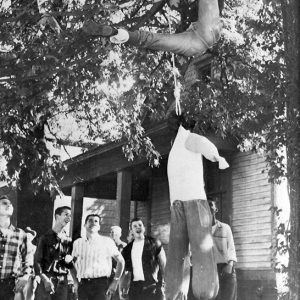 Effigy Hanging
Effigy Hanging
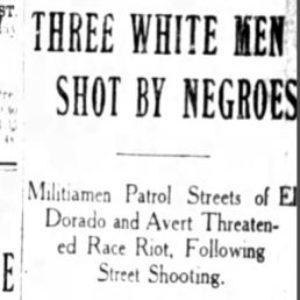 El Dorado Race Riot Article
El Dorado Race Riot Article
El Dorado Race Riot of 1910
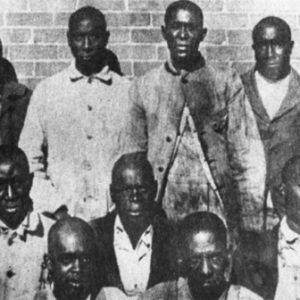 Elaine Massacre Defendants
Elaine Massacre Defendants
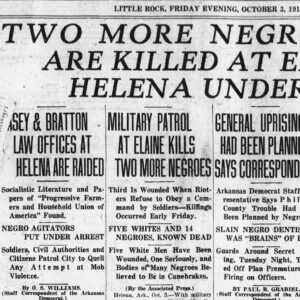 Elaine Massacre Headlines
Elaine Massacre Headlines




